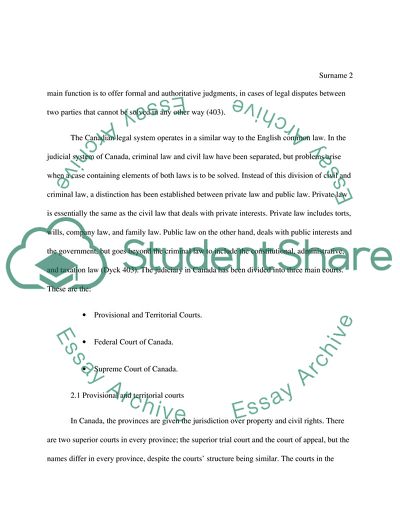Cite this document
(Judicial System of Canada Essay Example | Topics and Well Written Essays - 1500 words, n.d.)
Judicial System of Canada Essay Example | Topics and Well Written Essays - 1500 words. https://studentshare.org/law/1800015-major-term-paper-formal-essay
Judicial System of Canada Essay Example | Topics and Well Written Essays - 1500 words. https://studentshare.org/law/1800015-major-term-paper-formal-essay
(Judicial System of Canada Essay Example | Topics and Well Written Essays - 1500 Words)
Judicial System of Canada Essay Example | Topics and Well Written Essays - 1500 Words. https://studentshare.org/law/1800015-major-term-paper-formal-essay.
Judicial System of Canada Essay Example | Topics and Well Written Essays - 1500 Words. https://studentshare.org/law/1800015-major-term-paper-formal-essay.
“Judicial System of Canada Essay Example | Topics and Well Written Essays - 1500 Words”. https://studentshare.org/law/1800015-major-term-paper-formal-essay.


